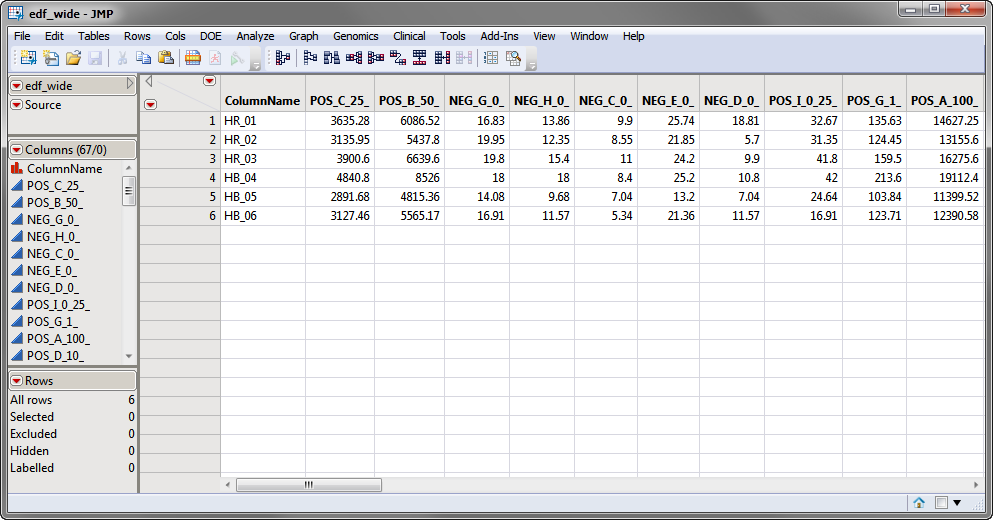The Reference Gene Normalization process is performed in order to adjust counts of all probes relative to a probe (or set of probes) that are not expected to vary between samples or replicates.
This process provides two methods to identify a set of reference probes. The Housekeeping Genes method allows users to manually select a list of target sequences that are consistent in their expression levels and are either recognized by the CodeSet (marked as Housekeeping, for example), or according to the user’s prior knowledge. The choice of reference genes to include in the CodeSet is therefore a crucial part of experimental design and Nanostring recommends selecting at least three reference genes. However, you should keep in mind that the more reference genes that are specified, the more accurate the normalization 1. he Stable Genes method2 automatically selects a list of less variable genes that have high average expression levels but low coefficient of variation (CV). Ten or less genes with the lowest CV will be selected.
One Input SAS Data Set is required by this process: The edf_wide.sas7bdat data set serves as an example, and is shown below. This data set was generated by running the Nanostring Input Engine process using the edf.sas7bdat experimental design file and the raw .RCC files are located in the Sample Data\Nanostring directory that is included with JMP Genomics.This is a wide data set, with 6 rows listing individual samples and 66 columns containing count data.
The output data sets generated by this process are listed in a Results window. Refer to the Reference Gene Normalization output documentation for detailed descriptions.
Refer to the Counter Expression Data Analysis Guide (https://www.genetics.pitt.edu/sites/default/files/pdfs/nCounter_Gene_Expression_Data_Analysis_Guidelines.pdf) for more information.
Refer to https://www.ncbi.nlm.nih.gov/pmc/articles/PMC3356845/ and https://github.com/cran/NanoStringNorm/tree/master/R for more information.
